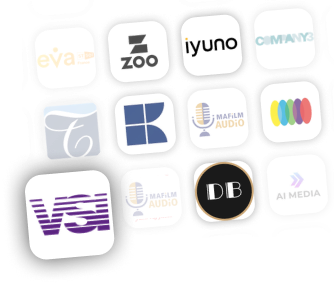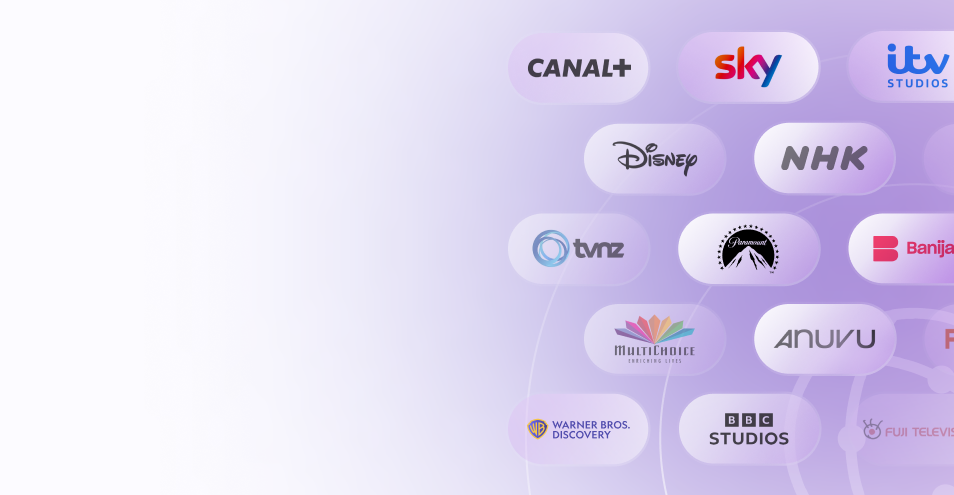Introduction
ISO standards provide a universal benchmark for quality and ethics in translation and localization. In an industry grappling with linguistic nuances and cultural diversity, these standards ensure consistency, accuracy, and fairness. This article explores how ISO compliance strengthens ethical practices, safeguards quality, and aligns the translation and localization sectors with global expectations.
Key Takeaways
| Key Insight | Summary |
| ISO Standards | Provide frameworks for quality and ethical practices. |
| Ethical Compliance | Supported by ISO 17100, ISO 18587, and ISO 20771. |
| Business Advantages | Boosts trust and ensures global market competitiveness. |
| Emerging Standards | Address challenges posed by AI in translation. |
Ready to Build Trust with ISO Standards?

1.Overview of ISO Standards in Translation and Localization
ISO standards, such as ISO 17100 and ISO 18587, have revolutionized the translation and localization industry. By providing frameworks for ethical decision-making and quality assurance, these standards help stakeholders manage complex global communication needs. The emphasis on ethical practices ensures integrity in linguistics, project management, and cultural adaptation.
2. Core ISO Standards in Translation and Localization
a. Key Standards
- ISO 17100: Establishes requirements for translators, reviewers, and project managers.
- ISO 18587: Sets post-editing benchmarks for machine-translated content.
- ISO 9001: Ensures robust quality management systems across translation workflows.
b. Industry-Specific Standards
- ISO 13611: Defines best practices for community interpreting, focusing on accessibility.
- ISO 20771: Supports ethical standards in legal translation.
- ISO 20252: Enhances research translations by standardizing processes.
c. Emerging Standards
- ISO 23864: Guides ethical integration of AI in translation practices.
- Audiovisual translation standards address localization complexities in media.
Simplify Your ISO Compliance Journey

3. Ethical Practices Enhanced by ISO Standards
ISO standards directly address ethical concerns by:
- Ensuring transparent pricing and service agreements (ISO 17100).
- Promoting fair treatment of translators and clients.
- Resolving ethical dilemmas, such as maintaining confidentiality and avoiding conflicts of interest.
4. Practical Implementation of ISO Standards
Implementing ISO standards involves structured steps:
- Certification Process: Audit workflows, align with ISO requirements, and obtain certification.
- Compliance Tools: Use ISO checklists for translators and localization teams.
- Data Security: Employ ISO 27001 to protect client data and uphold ethical standards.
5. Business and Market Benefits of ISO Standards
ISO standards enhance credibility and open doors to global markets by:
- Building trust among clients through certified workflows.
- Meeting international procurement requirements.
- Streamlining operations and reducing costs with efficient processes.
Explore ISO-Certified Localization Experts

6. ISO Success Stories and Future Implications
- Case Study: Sony Pictures Entertainment: Leveraged ISO compliance to identify AI-powered localization vendors.
- Comparative Analysis: ISO 17100 vs. EN 15038 highlights stronger ethical enforcement in ISO 17100.
- Future Trends: AI-driven tools and ISO 23864 will define ethical practices in machine translation.
Key-Takeaways
ISO standards are more than just a certification—they are a commitment to quality, ethical practices, and global consistency in translation and localization. By aligning with these standards, companies not only enhance their operations but also build trust and credibility in competitive markets. Whether you’re a translator, localization vendor, or content buyer, adhering to ISO benchmarks positions you as a leader in the industry.
Ready to elevate your standards? Explore Vitrina.ai to connect with certified vendors, streamline your workflows, and thrive in the global marketplace.
Frequently Asked Questions
ISO 17100 focuses on translation-specific requirements, while ISO 9001 addresses overall quality management.
It ensures consistency, efficiency, and ethical handling of machine-translated content.
Certification builds client trust and aligns businesses with international standards.
Common hurdles include cost, training, and adapting workflows to ISO requirements.
ISO standards address confidentiality, impartiality, and fair pricing practices.














































![Top Film Financing Companies in the UAE [2025 Guide] 38 Top Film Financing Companies in the UAE](https://vitrina.ai/wp-content/uploads/2025/10/Top-Film-Financing-Companies-in-the-UAE1-1.png)





![India's Top Film Distribution Companies [2025 Power List] 44 Top Film Distribution Companies](https://vitrina.ai/wp-content/uploads/2025/10/Top-Film-Distribution-Companies-1.png)
![The Top VFX Companies in India [2025 Ranking] 45 Top VFX Companies in India](https://vitrina.ai/wp-content/uploads/2025/10/The-Top-VFX-Companies-in-India-1.png)
![UK's Top Film Distribution Companies [2025 Edition] 46 UK's Top Film Distribution Companies](https://vitrina.ai/wp-content/uploads/2025/10/Japans-Top-VFX-Animation-1.png)
